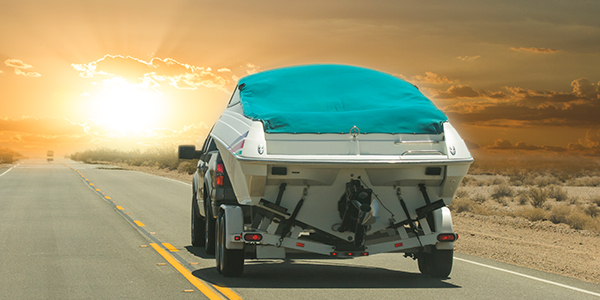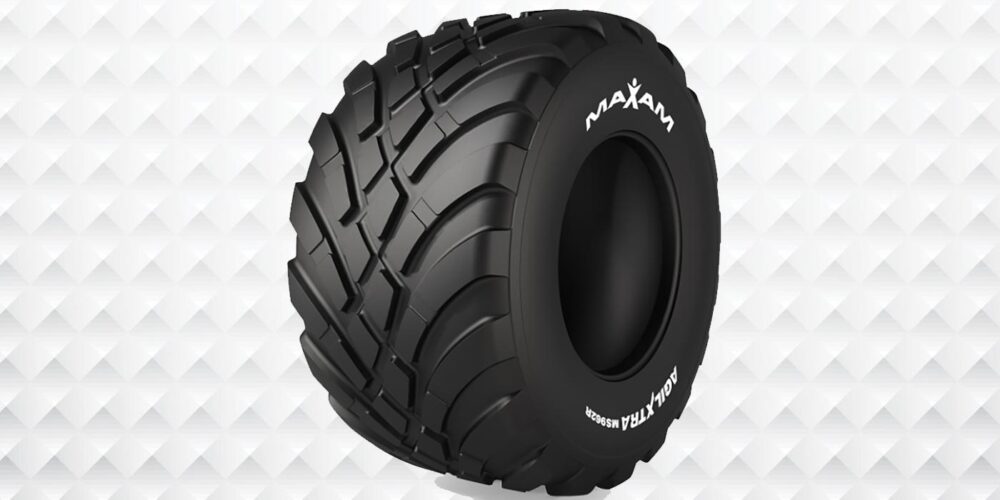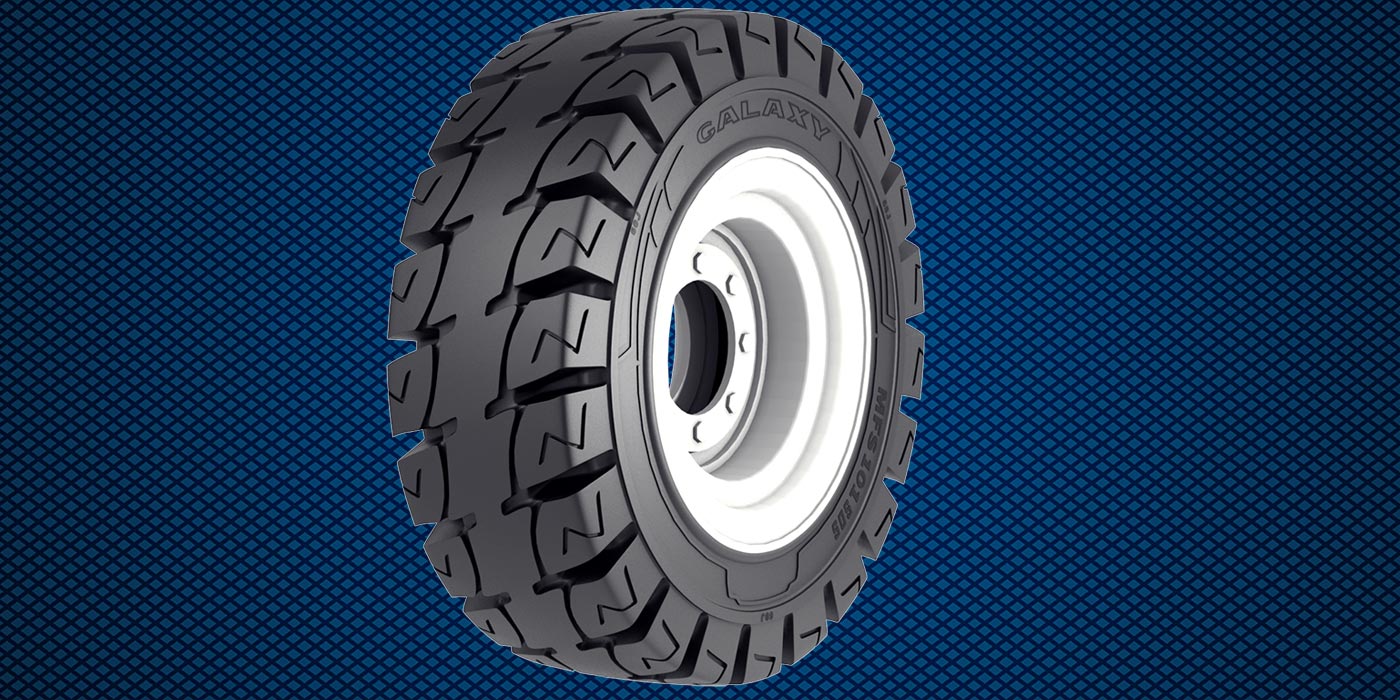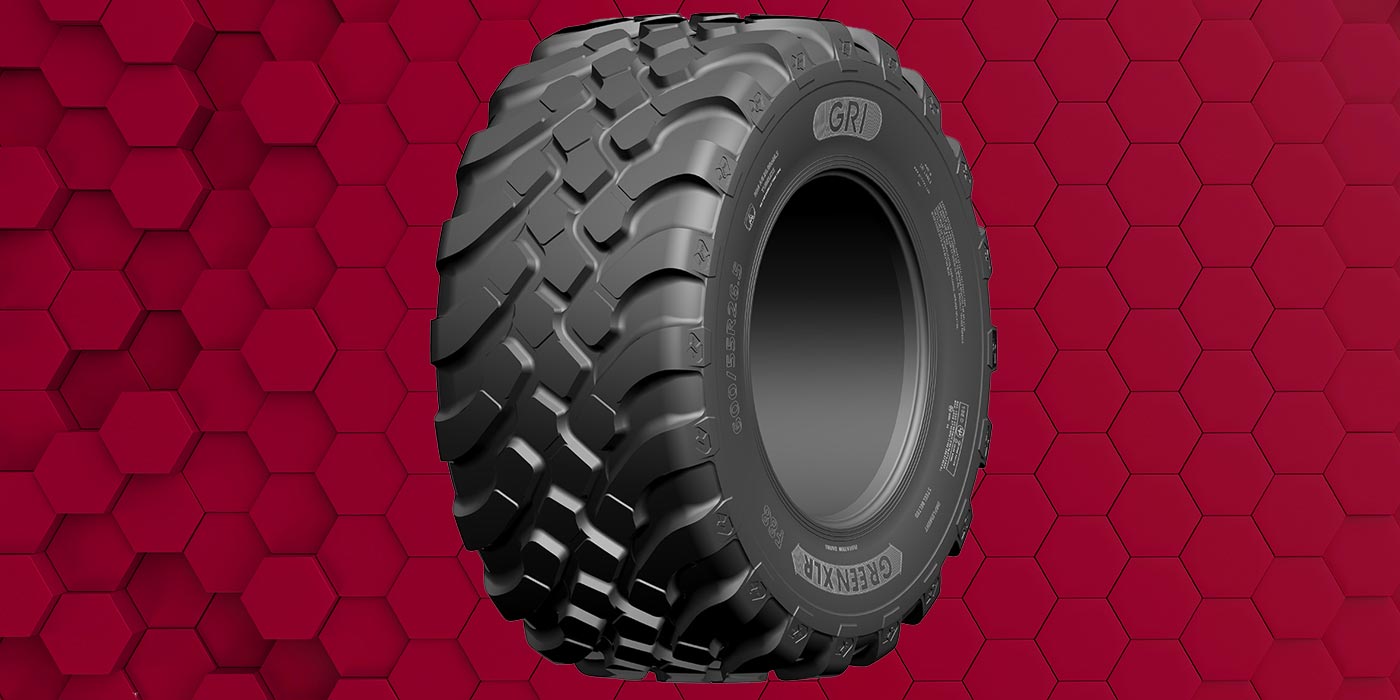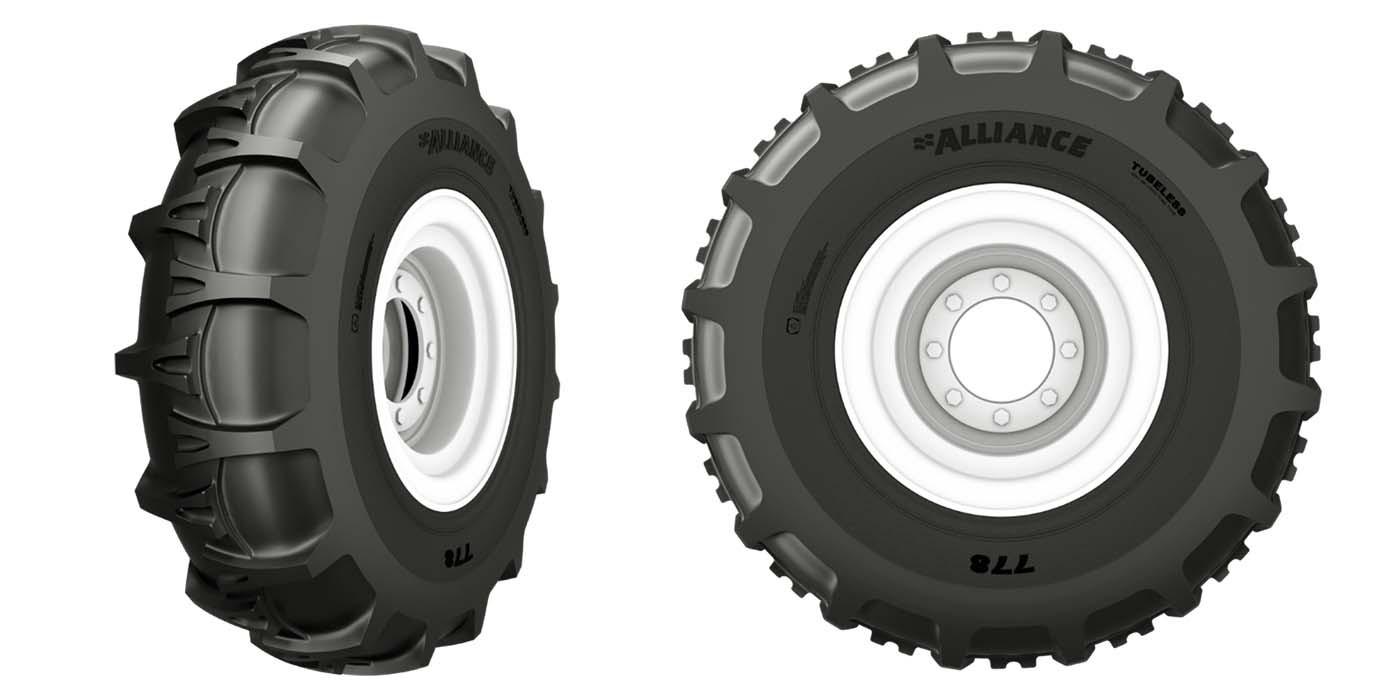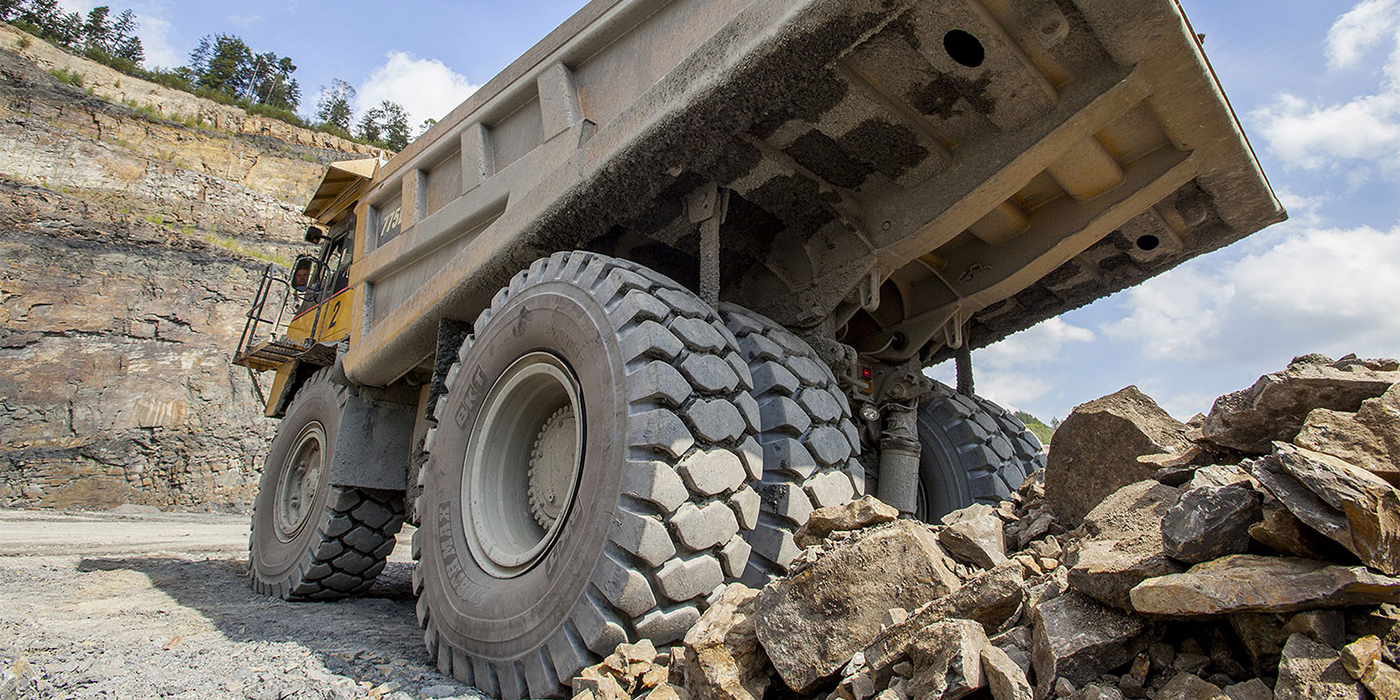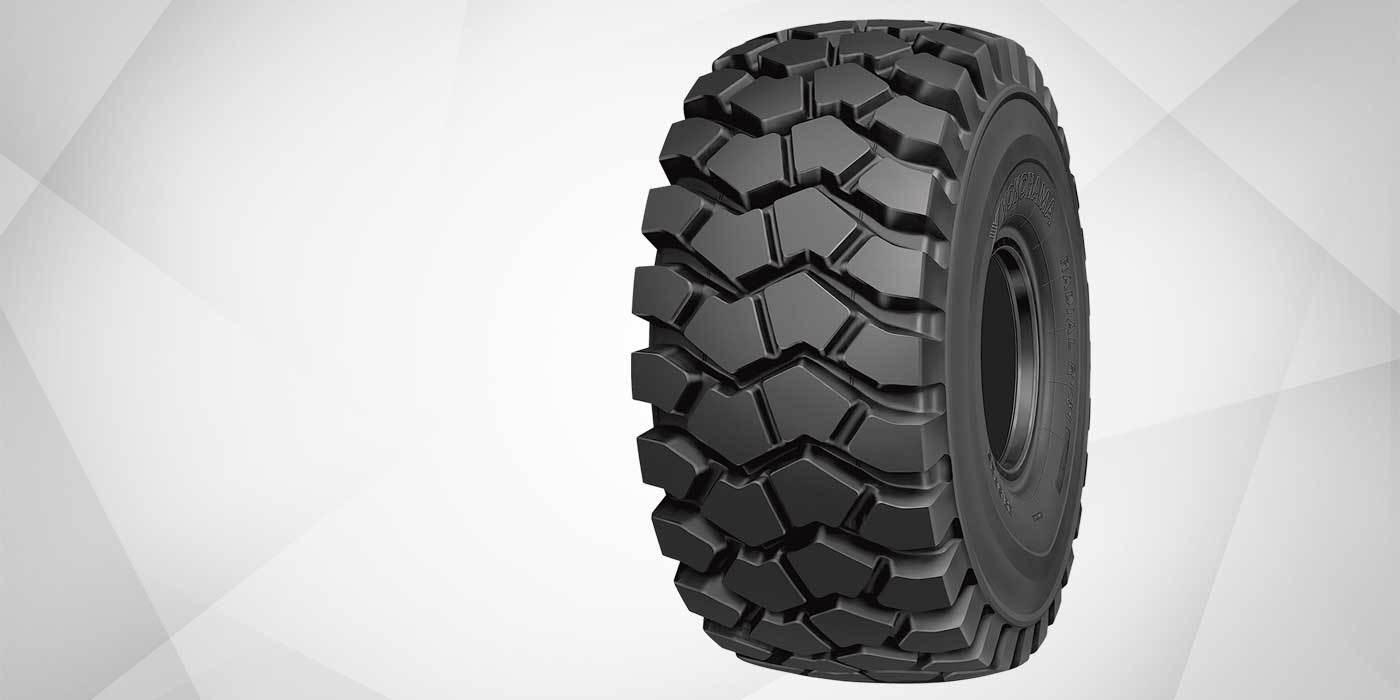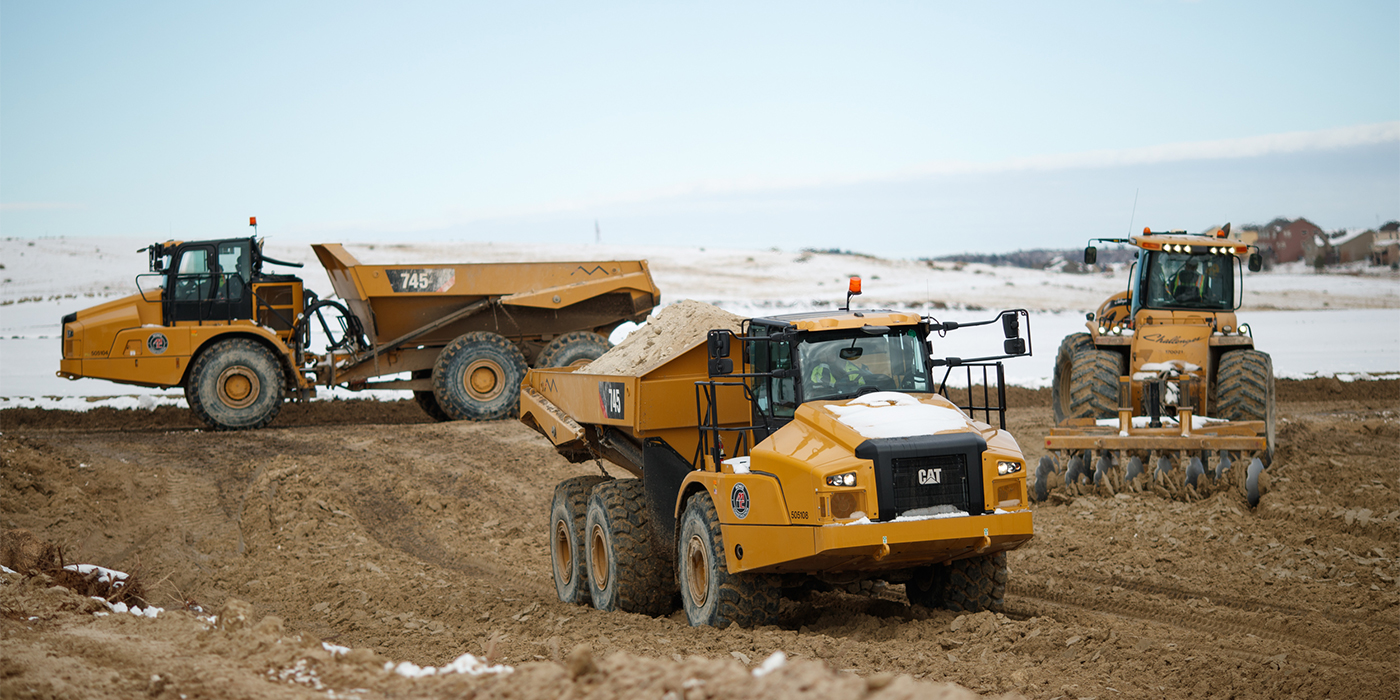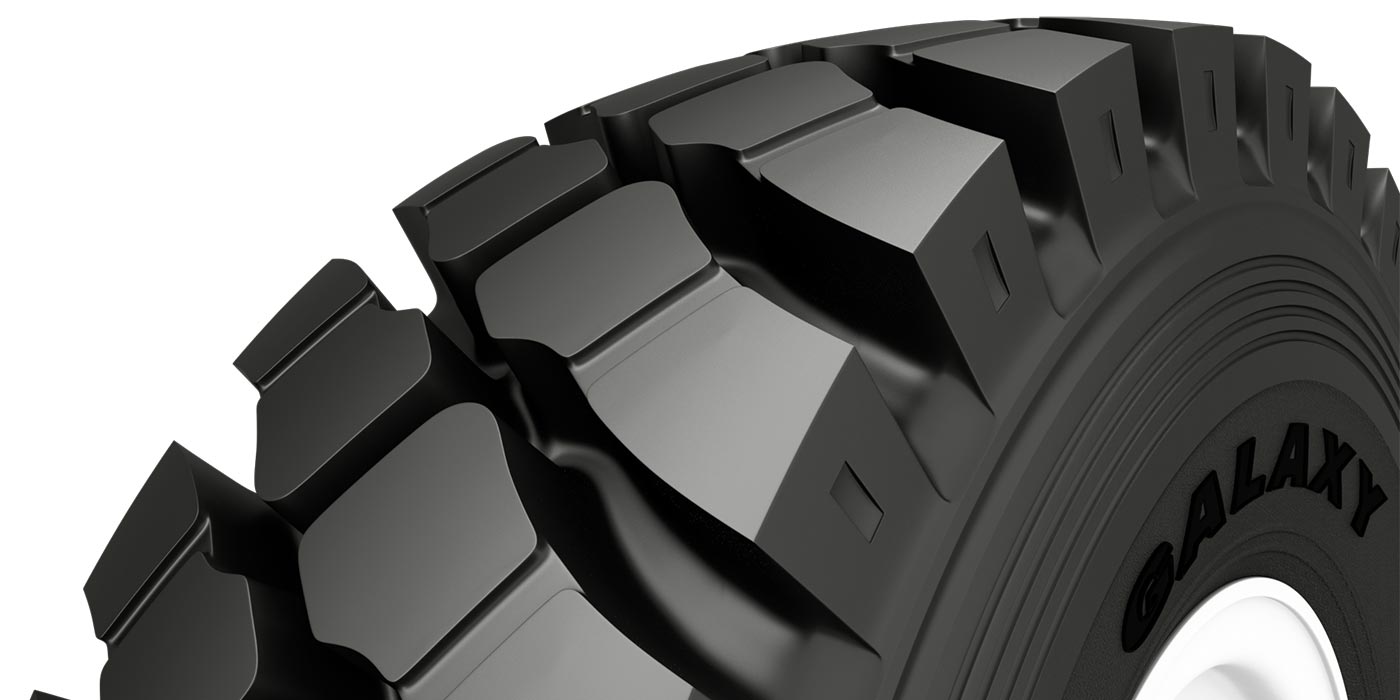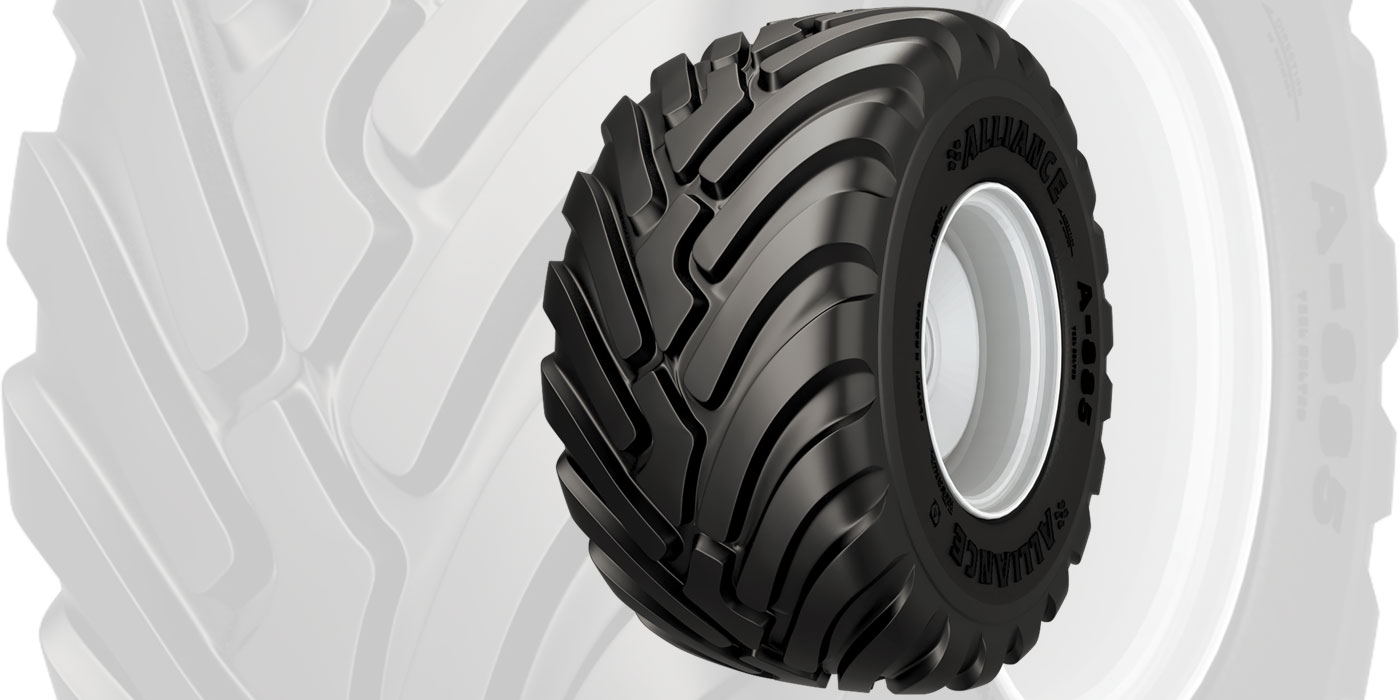The U.S. is currently experiencing a strong economy, which goes hand in hand with the sale of specialty trailer tires, aka special trailer or ST tires. Dealers often overlook the specialty trailer tire market, but it’s a great opportunity to bring in more revenue.
“2017 has been a strong year for the specialty trailer tire market and we expect that to continue in to 2018,” says Kent Allen, director of sales for the Carlstar Group, which sells the Carlisle brand. “We tend to see an increase in recreational activities and investments when consumer confidence is high and the economy is strong.”
“The better the economy, the more trailers will be in use,” adds Rick Phillips, vice president of sales for Triangle Tire North America. “….[The ST] market has momentum at the moment and this should continue as the economy continues to be in a growth mode.”
Whether it is the lake-goer towing a speedboat, the landscaper transporting his tractor or the outdoorsman pulling a camper – selling and servicing specialty trailer tires opens a lot of opportunities to attract new customers.
Built Tough
Specialty trailer tires are built to withstand a lot of abuse and are specifically designed for hauling. Manufacturers construct ST tires with additional durability for better puncture resistance and surviving the elements, including ozone and UV exposure. The main feature that sets the ST tire apart, however, is its ability to support a large amount of weight.
“We have seen a recent trend in the market that indicates increasing load ratings for specialty trailer tires,” says Carlstar’s Allen. “These more robust tires help give consumers more piece of mind when towing their valuables. The easiest and best advice when choosing a trailer tire is to ‘Know what you tow and don’t overload.’ It sounds simple, but specialty trailer tires come built for every need so matching tires to the towing application and capacity requirements is critical.”
Because ST tires are used in so many different applications, the load carrying capability will differ based on the performance handling required for a specific application.
“For example, the higher the load, the larger the tire. The size and weight of what the consumer is towing will dictate the tire size and performance characteristics. Typical applications for specialty trailer tires can range from towing boats, cars, RV’s, recreational equipment, or landscaping equipment,” Allen adds.
Most ST load ranges are between load range C (6-ply) to load range G (14-ply), and sometimes higher. Plus, the tires have a maximum speed rating of 65 mph, notes Triangle’s Phillips.
The increased number of plies and other tire construction characteristics are what allow ST tires to withstand heavy loads.
“They feature specific rubber compounds, treads, and bead packages to withstand more abuse than passenger tires. Trailer tires feature stiffer sidewalls to help control sway and can carry a greater load,” says Matthew Hanchana, sales technical service manager for Giti Tire (USA).
Stiffer sidewalls help stabilize the trailer and help keep the sidewall from rolling under the wheel when making turns, especially at higher speeds.
For ultimate towing ability, ST tires consist of full tread width for good road contact, a strong grip, better maneuverability and braking performance, notes Giti’s Hanchana.
“Passenger vehicles are designed for comfort and/or high performance. Trailers on the other hand are designed to follow behind the vehicle pulling it with as little rolling resistance as possible,” adds Phillips. “Safety is always our priority, so if a particular size tire is used in different types of applications we tend to design the tire to work in the most severe application.”
ST tires are available in radial and bias options depending on application. Radial tires offer higher load requirements often needed for industrial applications. Bias tires are often ideal for shorter distances or personal use, like for towing in town. Knowing what your customer is towing will determine what tire is needed.
Consumer Awareness
With so many different applications, dealers can find varying areas of demand in their area for specialty trailer tires, from customers hauling boats to ATVs.
“It’s another revenue channel to increase their business and also a value-added service for their customers,” says Triangle’s Phillips, “not to mention they would be doing their customers an injustice if they try to sell them passenger car tires on a trailer.”
Letting the consumer know you are selling ST tires is also critical. Because these tires aren’t sold everywhere, dealers need to advertise they are offering tire fitments for trailer applications. Allen of Carlstar notes that the showroom is a key area to increase consumer awareness and sales.
“Many times consumers do not know where to purchase trailer tires so adding this product line to their portfolio can create a nice revenue stream for tire dealers. And since most trailer tire purchases are due to failure of a tire, dealers should consider stocking the most popular sizes,” Allen adds.
Most popular sizes range from 8-inch to 16-inch, but this will greatly depend on what the regional market demands.
“The more products and services the dealer can offer their customers, the more reasons the customer has to come into their stores. The more customer visits they can generate the higher the potential for profit,” says Phillips.
Time and Maintenance
Servicing ST tires is also an important part of selling them to new customers and it’s not just about the tires. Because of the varying applications, experts note that dealers and their staff need to be aware they need match the proper tire to the load/application the trailer will be subjected to. Like most tire information, the sidewall is the first place to find the information needed for towing capacity.
“Once you find the tire’s maximum load on the sidewall, multiply it by the number of tires you have on your trailer and that’s the maximum load your tires can sustain. This number should exceed the total weight of everything on your trailer,” says Allen.
Additionally, ST tires must be maintained like other tires, so making sure the tires have proper air and regular visual inspections will ensure the tires are wearing correctly. However, tread alone is not the only indicator of a worn trailer tire.
“Since most trailers are not used as often as passenger vehicles, it’s not unusual for the ST tires to ‘age out’ before they ‘wear out.’ Meaning, even though they still have sufficient tread depth, the sidewalls may exhibit excessive cracking from ozone exposure. If this is evident, and the tire is suspect at all, they should be replaced,” says Phillips.
“Time, the elements and storage conditions can all weaken tires regardless of the tread depth. A tire can visually appear robust; however, trailer tires support a lot of weight, even when not in use. Unique to trailer tires is that they can go for extended periods of storage or extended period of use, which over time can damage the structure of the tire,” adds Allen.

